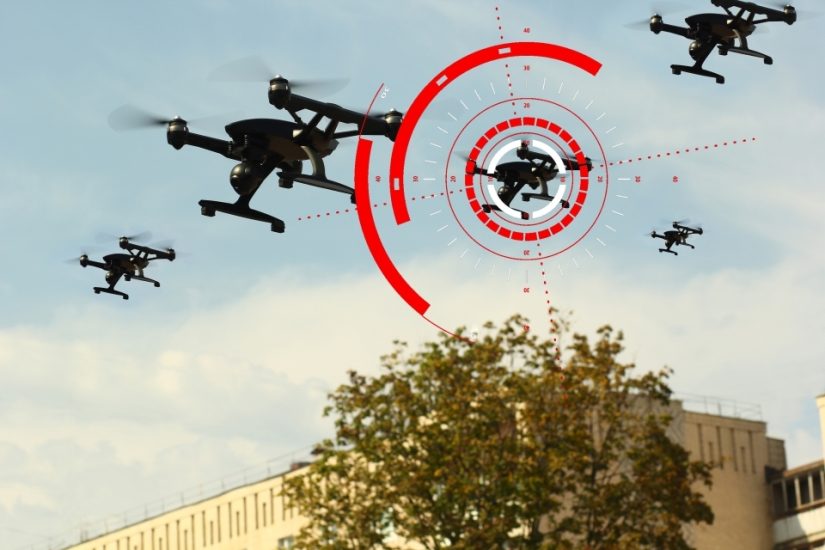The UK Defence and Security Accelerator (DASA) has launched a new themed competition called Protecting Physical Assets from UAS Attack. This competition is jointly funded by the National Protective Security Authority, the UK Home Office and the Defence Science and Technology Laboratory.
DASA is seeking proposals that can provide a defensive solution for physical assets as a countermeasure to an Unmanned Aerial System (UAS) kinetic attack. The current Counter-UAS (C-UAS) technology market focuses on targeting the UAS in flight. This competition aims to move away from conventional C-UAS methods and instead explores the most effective ways to provide physical protection to various assets from hostile UAS. This includes options for hardening the asset, providing blanket last-ditch defence, and deploying automated alerts for incoming hostile UAS.
The size of the protected asset can range from a single person through to a vehicle or a large building. Proposals need to outline the expected protection envelope from their proposed solutions in order to allow the authority to scope the proposal against a range of end use cases within three scenarios: protection of a permanent asset (static), protection of a temporary asset (static), and protection of an asset on the move.
The competition is looking for systems that can be rapidly deployed either by an operator or automatically as the last line of defence to protect an asset. The ideal system should be capable of passive deployment without the need for human intervention. Out of scope ideas for this competition include established off the shelf technology which looks to directly interdict the air vehicle either electronically, i.e. to jam, take control, or spoof the command link or GNSS of a UAS, or by using an active kinetic effect on the drone such as high intensity lasers, ammunition, etc.
Proposals are sought because DASA says widespread use of UAS has demonstrated three main limitations in the deployments of C-UAS technologies: C-UAS technologies are not always located in the right place to prevent a UAS attack; the difficulty of maintaining a cohort of trained personnel who are also located in the right place to prevent a UAS attack; and the C-UAS technology doesn’t fully mitigate the ever-developing UAS capabilities and tactics deployed to circumvent these technologies.
Hence DASA is looking to reinforce C-UAS technology with physical last-ditch security countermeasures to mitigate the effects of a kinetic UAS attack. It is making GBP750,000 available in total possible funding for all successful bids. Individual proposals must be for an amount less than GBP150,000. A number of proposals may be funded and the deadline to submit a proposal is midday on 13 June, 2024.
DASA will host a launch webinar on 2 May enabling interested parties to find out more about the competition. On 9 May, a series of 10 minute one-to-one teleconference sessions will be held.
For more information
https://www.gov.uk/government/organisations/defence-and-security-accelerator
Image: DASA




